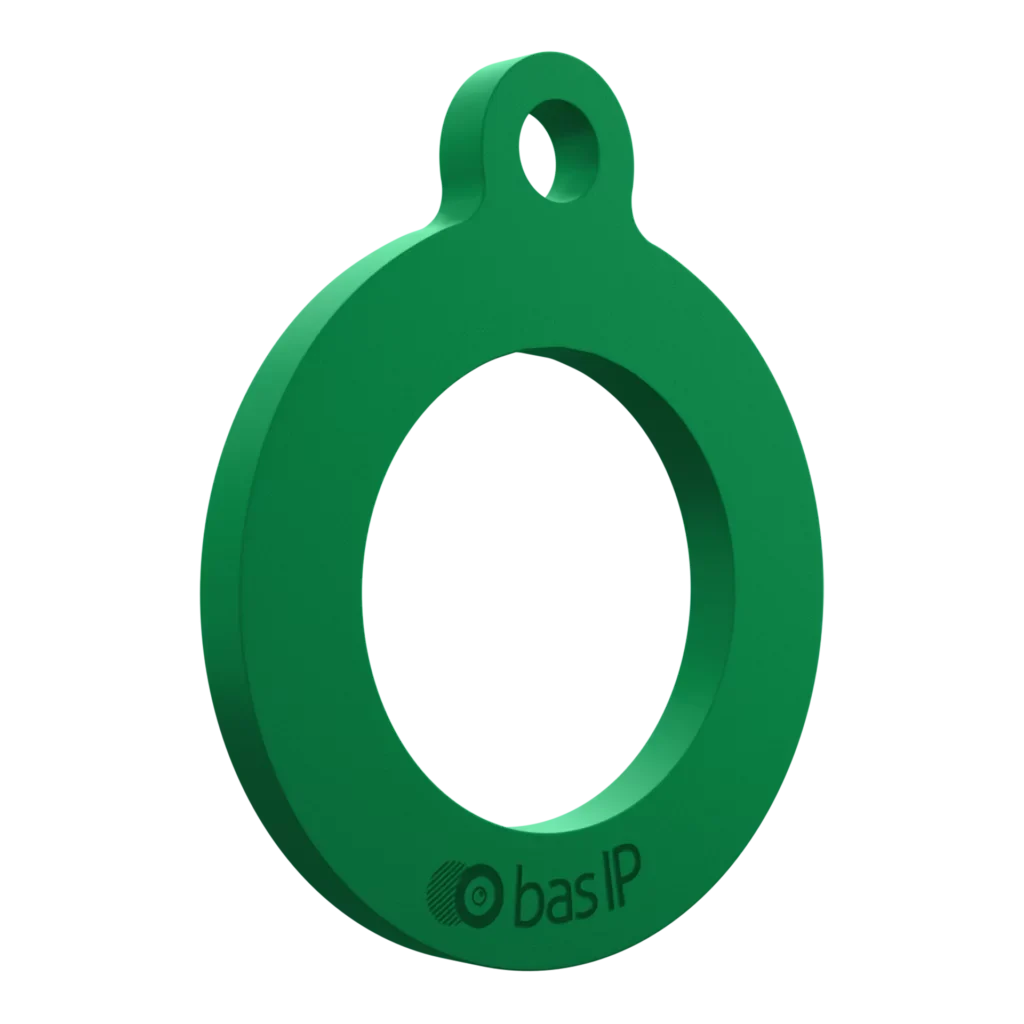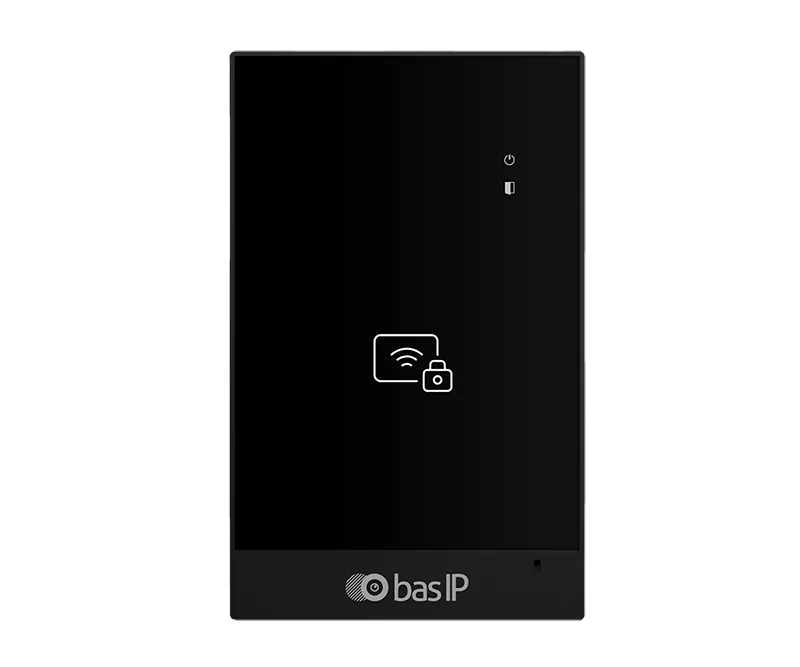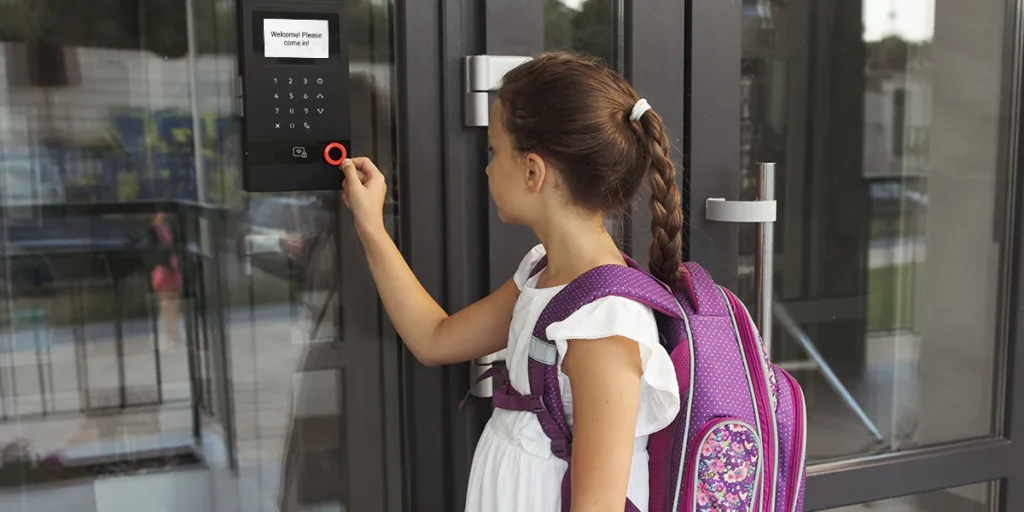Exploring RFID Access Control Systems with BAS-IP

In an era where security has become a paramount concern, RFID access control systems have emerged as a reliable solution. Delve into the world of RFID technology and how it’s revolutionizing the way we secure our premises.
What is an RFID Access Control System?
RFID, or Radio Frequency Identification, is a technology that allows for the wireless identification and tracking of objects using radio waves. An RFID access control system is a security system that utilizes RFID technology to control access to restricted areas in various establishments, from corporate offices to government facilities.
These systems replace traditional keys and access cards with RFID tags, offering a more secure and efficient method of access control. With RFID access control systems, only authorized personnel with the appropriate RFID tag can gain access to the secured areas.
RFID and Mifare Are Synonymous?
RFID and Mifare are not synonymous, although they are related. RFID (Radio Frequency Identification) is a broader technology used for wireless communication and data transfer between a tag and a reader using radio waves. Mifare, on the other hand, is a specific type of RFID technology developed by NXP Semiconductors.
Mifare is a family of contactless smart card products that operate at a high frequency (13.56 MHz) and are widely used in access control, public transportation, and other applications requiring secure and convenient contactless transactions. Mifare cards and tags use an RFID communication protocol called ISO/IEC 14443, which is a standard for proximity cards.
In summary, while Mifare is an example of RFID technology, it represents just one subset of the broader RFID landscape.
How does an RFID Access Control System Work? Understanding the Technology
RFID access control systems consist of three primary components: the RFID tag, the RFID reader, and the access control panel.
RFID Tag
An RFID tag contains a microchip and an antenna. The microchip stores unique identification data, while the antenna facilitates communication with the RFID reader.



RFID Reader
This device reads the information stored in the RFID tag when it is within a specific range. Once the reader captures the tag’s data, it sends the information to the access control panel.


Access Control Panel
The panel processes the data received from the RFID reader to determine if the person carrying the tag is authorized to access the restricted area. If authorized, the panel sends a command to the locking mechanism to grant access.
Types of RFID Access Control Systems
There are two main types of RFID access control systems, categorized based on the frequency of the radio waves used for communication:
Low-Frequency (LF) RFID Systems
Operating at 125-134 kHz, these systems have a shorter read range, typically less than a meter. LF RFID systems are less susceptible to interference and are ideal for applications where a close range is desired.
High-Frequency (HF) RFID Systems
Operating at 13.56 MHz, these systems offer a longer read range, typically up to 1 meter. HF RFID systems are more suitable for applications where a longer range is needed, such as parking lot access control.
RFID Access Control: Advantages and Disadvantages
Advantages
- Enhanced Security: RFID access control systems offer a higher level of security compared to traditional keys and access cards since RFID tags are difficult to duplicate or forge.
- Improved Efficiency: With RFID technology, authorized personnel can quickly and seamlessly gain access to restricted areas without fumbling for keys or cards.
- Scalability: RFID access control systems can easily be expanded to accommodate new employees or adjusted to change access permissions.
Disadvantages
- Cost: RFID access control systems can be more expensive to implement and maintain compared to traditional access control methods.
- Privacy Concerns: The potential for unauthorized tracking of RFID tags raises privacy concerns for some users.
Where to Use RFID ACS?
RFID access control systems can be utilized across various industries, including:
- Corporate Offices: Secure access to restricted areas and track employee movement.
- Healthcare Facilities: Protect sensitive patient information and control access to restricted areas.
- Government and Multi-Tenant Buildings: Ensure only authorized personnel gain access to secure areas.
- Manufacturing Plants: Monitor access to restricted zones and safeguard proprietary information.
- Educational Institutions: Control access to labs, classrooms, and other restricted areas.

RFID Integration in Intercom Systems
The intercom system is equipped with an RFID reader, and the access control panel is connected to the intercom system’s internal communication network.
Upon approaching the entrance, the individual presents their RFID tag to the reader. The intercom system verifies the tag’s data, and if authorized, the person can communicate with the staff inside the building via the intercom system. Once their identity is confirmed, access is granted remotely by the staff, allowing entry into the secured area.
Advantages of RFID Integration in Intercom Systems
- Reduced Tailgating: RFID access control systems can reduce the risk of tailgating, as only authorized individuals with valid RFID tags can gain access.
- Streamlined Access Management: Combining RFID access control with an intercom system allows for a more efficient process of managing and monitoring access to the facility.
- Improved User Experience: RFID integration in intercom systems offers a more seamless and convenient access experience for authorized individuals, eliminating the need for traditional keys or access cards.
Incorporating RFID technology into intercom systems not only enhances the security of a facility but also offers a more convenient and streamlined access experience for authorized individuals. As the demand for advanced security solutions continues to grow, RFID integration in intercom systems is likely to become increasingly popular across various industries.
Alternatives to RFID Access Control Systems
While RFID access control systems offer numerous advantages, there are several alternatives available that cater to specific needs and preferences:
- Keyless Entry: Keyless entry systems use electronic locks or readers that can be unlocked using a unique code, smartphone app, or a remote control. These systems offer convenience and security without the need for physical keys or RFID tags.
- Keypad Access Control: Keypad systems require users to enter a unique PIN code to gain access to restricted areas. They provide a cost-effective solution but can be less secure as codes can be shared or easily guessed.
- Face Recognition: Face recognition technology uses advanced algorithms to analyze facial features and grant access to authorized individuals. These systems offer a high level of security and convenience, as users do not need to carry any physical keys or tags.
- NFC (Near Field Communication) Readers: NFC technology enables secure communication between two devices within close proximity. NFC access control systems work similarly to RFID systems but offer a shorter read range, making them suitable for applications requiring close contact between the tag and reader.
- BLE (Bluetooth Low Energy) Readers: BLE access control systems use Bluetooth technology to grant access to authorized users. Users can unlock doors using their smartphones, eliminating the need for physical keys or access cards. BLE systems are energy-efficient and offer a higher level of convenience.
Frequently Asked Questions
Conclusion
RFID access control systems have emerged as a powerful security solution that offers convenience, scalability, and enhanced security. While RFID technology continues to gain popularity, alternatives like keyless entry, keypad access control, face recognition, NFC, and BLE readers provide additional options to cater to specific needs. Understanding the features, advantages, and limitations of each system can help organizations make informed decisions about the best access control solution for their unique requirements.